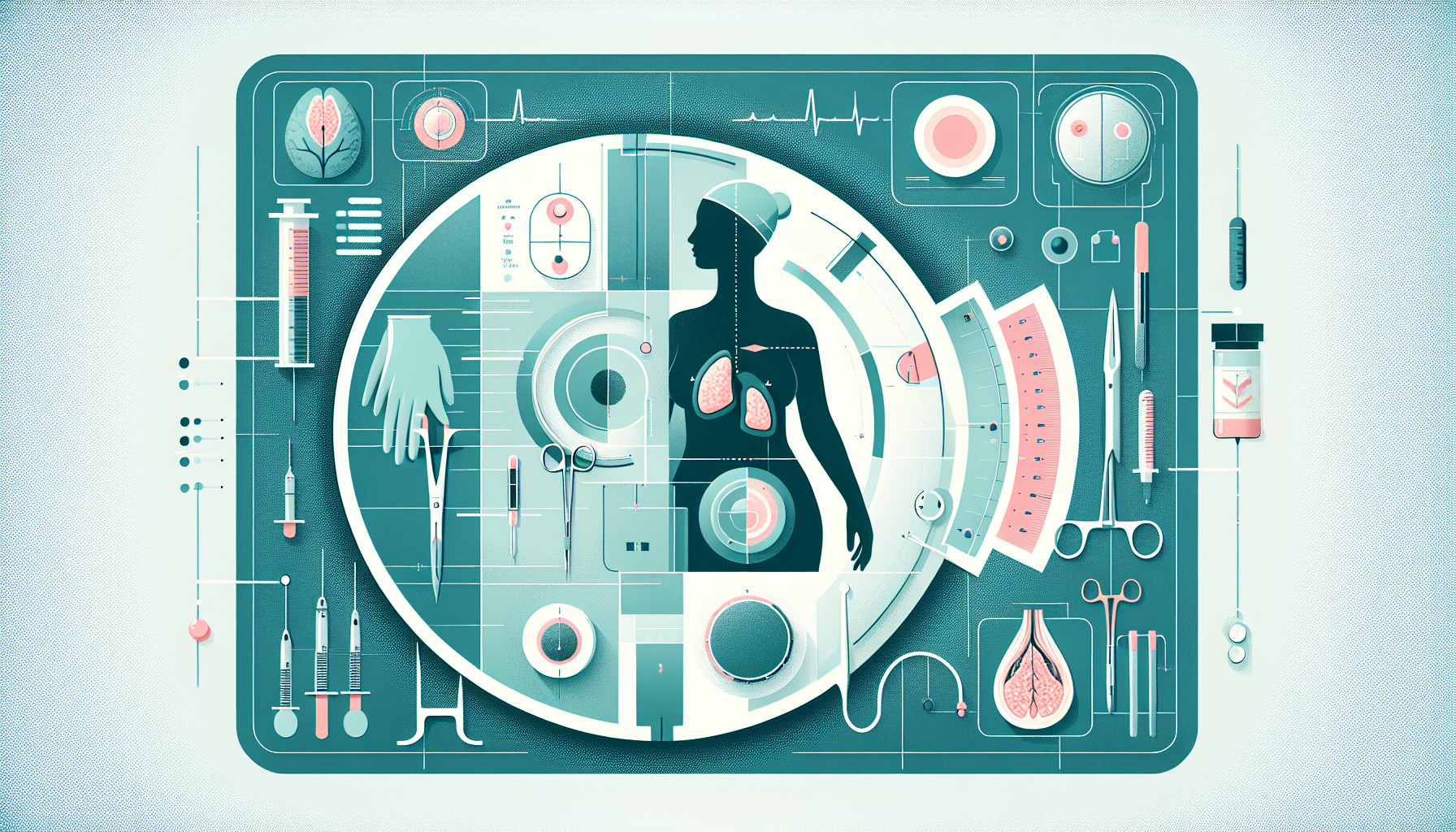Our Summary
More women who find out they carry a gene mutation (BRCA) linked to breast cancer, even though they show no symptoms, are choosing to have preventative double mastectomies while keeping their nipples. Researchers reviewed several studies to assess how safe this surgery is for women with the BRCA mutation. The results suggest that this surgery is a safe option, with few cases of breast cancer occurring after the operation, few complications, and high levels of satisfaction and quality of life after the surgery. However, the researchers recommend larger studies over a longer period of time to confirm these findings.
FAQs
- What is the link between the BRCA gene mutation and breast cancer?
- What are the safety implications of preventative double mastectomies for women with the BRCA mutation?
- What were the findings on patient satisfaction and quality of life after preventative double mastectomies?
Doctor’s Tip
One helpful tip a doctor might tell a patient about mastectomy is to discuss all of their options with a healthcare provider, including the possibility of a preventative double mastectomy if they carry a gene mutation linked to breast cancer. It is important for patients to weigh the potential benefits and risks of this surgery and to make an informed decision based on their individual circumstances and preferences. Additionally, patients should be aware of the potential for complications and the need for ongoing monitoring and follow-up care after the surgery.
Suitable For
Additionally, mastectomy is typically recommended for patients with:
- A strong family history of breast cancer
- Previous breast cancer diagnosis
- Large or multiple tumors in the breast
- Inflammatory breast cancer
- Recurrent breast cancer
- High risk of developing breast cancer due to other factors such as radiation exposure or certain genetic mutations
- Women with ductal carcinoma in situ (DCIS) who are not candidates for breast-conserving surgery
Timeline
Before mastectomy:
- Patient learns they carry a gene mutation linked to breast cancer.
- Patient decides to undergo preventative double mastectomy.
- Patient consults with medical professionals to discuss the procedure, risks, and potential outcomes.
- Patient undergoes pre-operative testing and preparation for surgery.
After mastectomy:
- Patient undergoes the mastectomy surgery.
- Patient may experience pain, discomfort, and fatigue in the immediate post-operative period.
- Patient receives post-operative care and monitoring to ensure proper healing.
- Patient may choose to undergo breast reconstruction surgery.
- Patient may experience emotional and psychological challenges related to body image and self-esteem.
- Patient may require follow-up appointments and screenings to monitor for any signs of breast cancer recurrence.
- Patient may experience improvements in quality of life and overall satisfaction with their decision to undergo mastectomy.
What to Ask Your Doctor
- What are the risks and benefits of a mastectomy for someone with the BRCA gene mutation?
- What are the different types of mastectomy procedures available and which one would be most appropriate for me?
- How will a mastectomy affect my physical appearance, including scarring and nipple preservation?
- What is the recovery process like after a mastectomy and what kind of support will I need during this time?
- How will a mastectomy impact my risk of developing breast cancer in the future?
- Are there any alternative treatments or preventative measures I should consider before deciding on a mastectomy?
- What are the long-term effects and potential complications of having a mastectomy?
- Will I need any additional treatments, such as radiation therapy or hormone therapy, following a mastectomy?
- How often will I need to have follow-up appointments or screenings after a mastectomy?
- Can you provide me with resources or support groups for women who have undergone a mastectomy?
Reference
Authors: Rocco N, Montagna G, Criscitiello C, Nava MB, Privitera F, Taher W, Gloria A, Catanuto G. Journal: Genes (Basel). 2021 Feb 10;12(2):253. doi: 10.3390/genes12020253. PMID: 33578759
